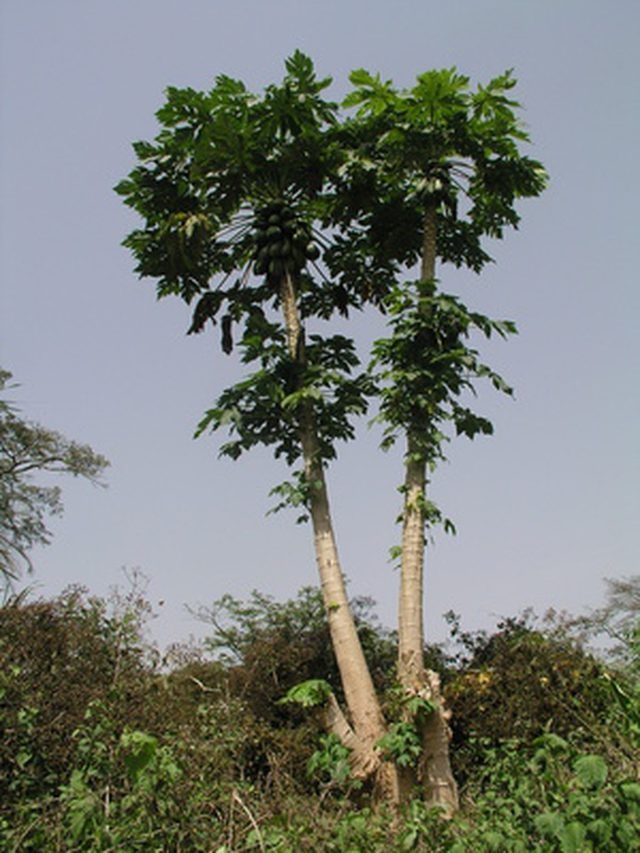Bulbs
Flower Basics
Flower Beds & Specialty Gardens
Flower Garden
Garden Furniture
Garden Gnomes
Garden Seeds
Garden Sheds
Garden Statues
Garden Tools & Supplies
Gardening Basics
Green & Organic
Groundcovers & Vines
Growing Annuals
Growing Basil
Growing Beans
Growing Berries
Growing Blueberries
Growing Cactus
Growing Corn
Growing Cotton
Growing Edibles
Growing Flowers
Growing Garlic
Growing Grapes
Growing Grass
Growing Herbs
Growing Jasmine
Growing Mint
Growing Mushrooms
Orchids
Growing Peanuts
Growing Perennials
Growing Plants
Growing Rosemary
Growing Roses
Growing Strawberries
Growing Sunflowers
Growing Thyme
Growing Tomatoes
Growing Tulips
Growing Vegetables
Herb Basics
Herb Garden
Indoor Growing
Landscaping Basics
Landscaping Patios
Landscaping Plants
Landscaping Shrubs
Landscaping Trees
Landscaping Walks & Pathways
Lawn Basics
Lawn Maintenance
Lawn Mowers
Lawn Ornaments
Lawn Planting
Lawn Tools
Outdoor Growing
Overall Landscape Planning
Pests, Weeds & Problems
Plant Basics
Rock Garden
Rose Garden
Shrubs
Soil
Specialty Gardens
Trees
Vegetable Garden
Yard Maintenance
Paw Paw Tree Facts
Paw Paw Tree Facts. Native to the southeastern region of the United States, the pawpaw is a small, pyramid-shaped tree that bears a tropical fruit of the same name.

Native to the southeastern region of the United States, the pawpaw is a small, pyramid-shaped tree that bears a tropical fruit of the same name.
Habitat
Pawpaw trees grow best in direct sunlight with protection from winds, but must be shaded during the first two years of growth. They require mild to cold winters, warm to hot summers and at least 32 inches of rainfall per year.
Size
Pawpaws are small, rarely reaching over 25 feet tall. At around 6 feet, seedling pawpaws begin to bear fruit.
Fruit
The pawpaw fruit has a tropical taste with the texture of custard. On the outside, it resembles a short, round banana.
Pests
The pawpaw peduncle borer is a moth larva that causes flowers to wither by burrowing into the tissues of the flower. A second pest is the larvae of the zebra swallowtail butterfly. These larvae feed on the foliage of young pawpaw trees.
Purchasing
Pawpaw trees are available for purchase at nurseries as either seedlings or grafted trees.
Fun Fact
In "The Jungle Book," Baloo references the pawpaw tree in the famous song, "The Bare Necessities." In the song, he says, "Now when you pick a pawpaw or a prickly pear, and you prick a raw paw, next time beware."